Here is part of a piece I wrote about the film a few years ago: So why all the fuss? Well, mostly because the film—as its title might suggest—is a rather irreverent look at Richard Strauss. Worse, although this is historically documented, the film linked Strauss with Hitler and the Nazis. As such, the film has always been viewed—even by many of its admirers—as an attack on the composer. The BBC knew what they had, too. The film is prefaced with a disclaimer by a very proper BBC announcement, “Omnibus now presents a new film by Ken Russell, Dance of the Seven Veils. It’s been described as a harsh and sometimes violent caricature of the life of the composer Richard Strauss. This is a personal interpretation by Ken Russell of certain real and many imaginary events in the composer’s life, among them are dramatized sequences about the war and the Nazi persecution of the Jews, which include scenes of considerable violence and horror.” So there.
All that is true—and a good deal more, since it doesn’t take into account the film’s sexuality, nor does it touch on elements of religion in the film that could be—and were in some cases—viewed as blasphemous. (I’d argue that they aren’t blasphemous in the least, but that they depict blasphemy.) Fair enough, I suppose, but this misses part of the point of the film and misrepresents other aspects completely. There’s no denying that Russell meant the film to be shocking—and for more than one reason.
First, it was a reaction to the strandard approach to biopics with their stock period detail being used as little more than a smokescreen for the sanitized content therein. Russell wanted a film that went for the truth in a manner that was completely unrealistic and yet contained more actual truth than any Hollywood biopic ever had. Second, he wanted to shock complacent TV viewers out of their complacency. And let’s not overlook the fact that it was his last film for the BBC—which he’d found both nurturing and confining—and he wanted to go out with a bang. He succeeded beyond his wildest imaginings on all counts. That it was a farewell to the BBC is evident in the final shot over his producer-director credit, which shows him in his cameo role as conductor of the imaginary orchestra in Strauss’ bedroom (conducting the orchestra to match the composer sexual antics). Russell turns, bows and steps down from the podium—goodbye “Auntie Beeb.”
In his 1989 autobiographical TV film A British Picture: Portrait of an Enfant Terrible he included clips—minus the Richard Strauss music, of course—from the film and commented that he felt that any composer who wrote a symphony “about bathing a baby wanted taking down a peg or two.” The statement is a little over the top only because Strauss’ Domestic Symphony—egotistical as it is—is about a bit more than bathing a baby (which Russell illustrates), but he has a point. And he does take Strauss down a peg or two or even more, but there’s something else at work here because there’s a cockeyed, good-humored fondness to the fun being had at Strauss’s expense. And Russell’s having fun with it—whether he’s dressing Strauss (Christopher Gable) up as Erich von Stoheim in Foolish Wives (1922), incorporating elements from the Marx Brothers in A Night at the Opera (1935), or poking fun at the often considerable heft of opera stars of the era. In these areas, the film is more playful than not.
Plus, there’s the scene where Strauss vanquishes his critics. It’s deliberately over-the-top—most everything in the film is, but for one telling moment that is usually overlooked or misread—it’s hard to deny that as a fellow artist, Ken Russell is firmly on Strauss’s side. Russell admitted—in a talk after the 2005 screening—that he had completely delighted in tackling the critics in this manner with Strauss, his characters and his orchestra sending the critical populace literally running into the woods, cornering them with gigantic brass sections, showing Strauss happily banging away on their heads encased in drums, and finally standing triumphant over their fallen bodies. The point is made—Strauss’s music will outlive its critics. It already has. I think the same will be said of Russell’s films.
Yes, but what about the Nazi angle? What indeed. OK, let’s be blunt about it—Strauss did curry favor with Hitler. That’s history. His reasons for it are mixed, but appear to have been a mix of expedience and a somewhat naive hope that Hitler would somehow promote German art and culture. Russell shows this and he doesn’t hold back—notably in a birthday part sequence where Hitler (Kenneth Colley), Goebbels (Vladek Sheybal) and Goering (James Mellors) are honored guests. Strauss literally dances (atop a piano) to Hitler’s tune and generally frolics with the head Nazis—even giving Hitler his latest recording (apparently on the Swastika label). This is pretty damning, as is a grisly sequence where Strauss urges the orchestra to play louder in order to drown out the screams of a Jewish man (Otto Diamant) while stormtroopers in the audience carve a Star of David on the man’s chest.
However, this isn’t the whole of the film—merely a part of it. It doesn’t take into account Strauss’s fall from grace with the Nazis by writing a letter to the Jewish Stefan Zweig, in which he committed to paper, “Do you believe I am ever, in any of my actions, guided by the thought that I am ‘German’? Do you suppose Mozart was consciously ‘Aryan’ when he composed? I recognise only two types of people: those who have talent and those who have none.” Having already angered the Nazis for insisting on putting Zweig’s name on the billing for an opera, and it was Strauss’s misfortune that it fell into the hands of the Gestapo and made its way Hitler. This lost him his position as head of the State Music Bureau and he was forced to write a very damning letter to Hitler avowing his loyalty. And the film depicts this. Moreover, it shows his wife (Judith Paris) affixing an old age mask to him at the writing of that letter, expressing something of the toll this took on him. I asked Ken point blank how he felt about this whole thing and was told that he didn’t blame Strauss—that the man “was up against the wall.”
That scene and that comment leads me to the film’s final scene, which is, in essence, a replay of the film’s opening—and refers back to another scene using the same setting, music and approach with Hitler—where Strauss climbs up a very tall, stylized structure to take his place at the podium as conductor of Also Sprach Zarathustra. In the opening scene, he’s a young man. In the closing, he’s an unsteady old man, who starts conducting very tentatively, but as the music takes hold, he rips off the mask of old age and is reborn as his youthful self. Personally, I find the scene intensely moving as expressing Strauss’s rebirth through his art, throwing off the shackles of the Nazis. However, others—and these are supporters of the film, mind you—have expressed their reading of it as the revelation of the “crypto fascist” still lurking underneath the frail old man. I completely disagree with this reading. It’s at odds with the film and it’s at odds with Russell’s usual worldview, though Russell himself bought into it at the time — significantly after the Strauss family buried his film. I do wish the Strausses would take another look at the film with my reading in mind and reconsider their stance on Dance of the Seven Veils.
I think the film is central to Ken Russell’s work, though it is so little seen. It plays like a 57 minute preview of what is to come. There are intimations of so very much that was to happen in Ken’s films over the next few years. There are elements of The Devils (1971), The Boy Friend (1971), Mahler (1974), Tommy(1975) and certainly Lisztomania (1975). Take one simple edit from Strauss as Zarathustra exalting in coming into the sunlight to a shot of the sun. In Tommy those two images will find their one into a single image—possibly the most powerfully iconic image in Russell’s entire career. Plus, I take the view that the film takes the most well-known piece of Strauss’s music—thanks to Kubrick’s 2001: A Space Odyssey (1968)—puts it back into context and then makes it its own. But even more, I think the film is a brilliant, personal look at Strauss—one that’s a hell of a lot more sympathetic than is generally perceived.




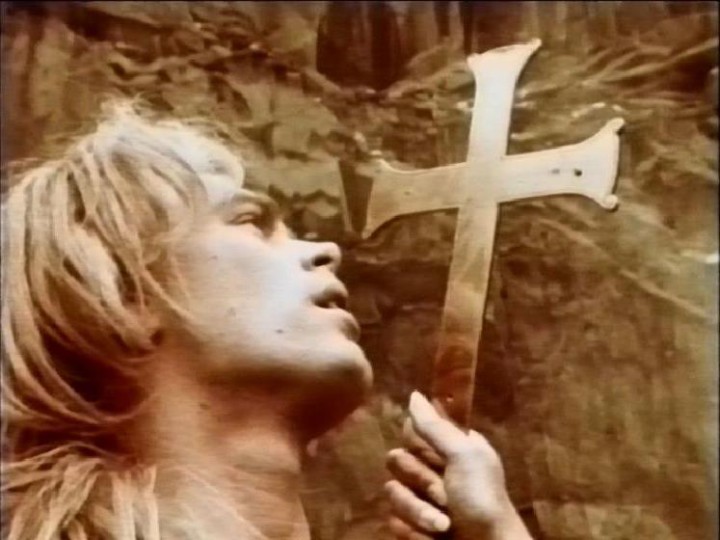
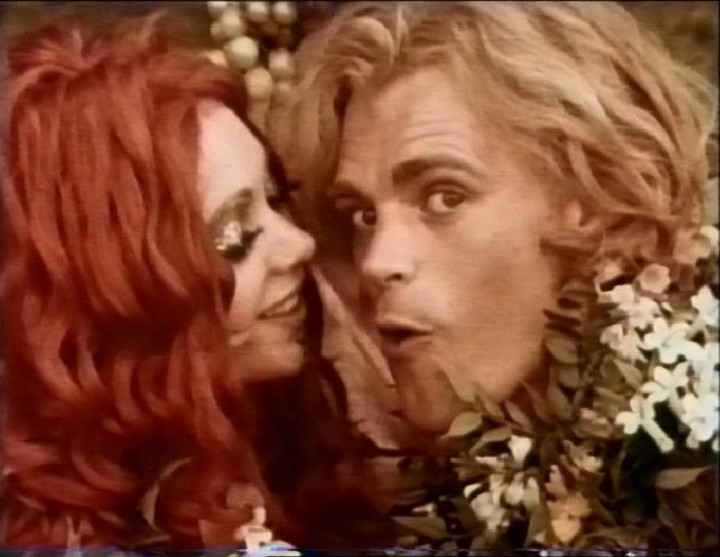
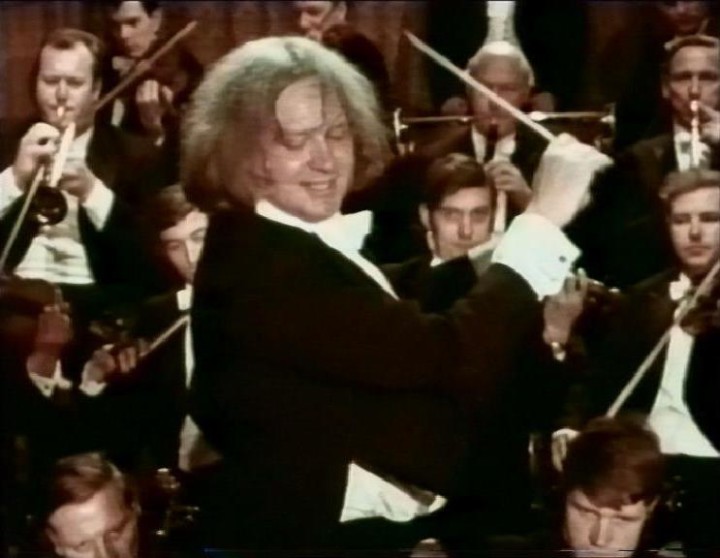
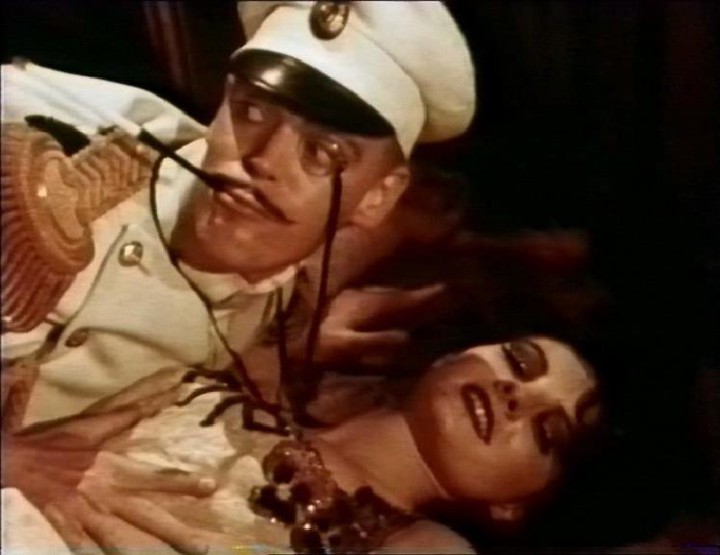
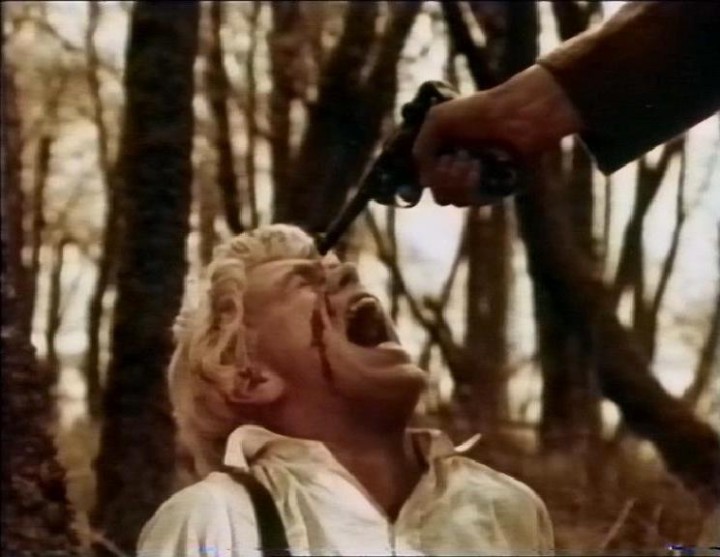
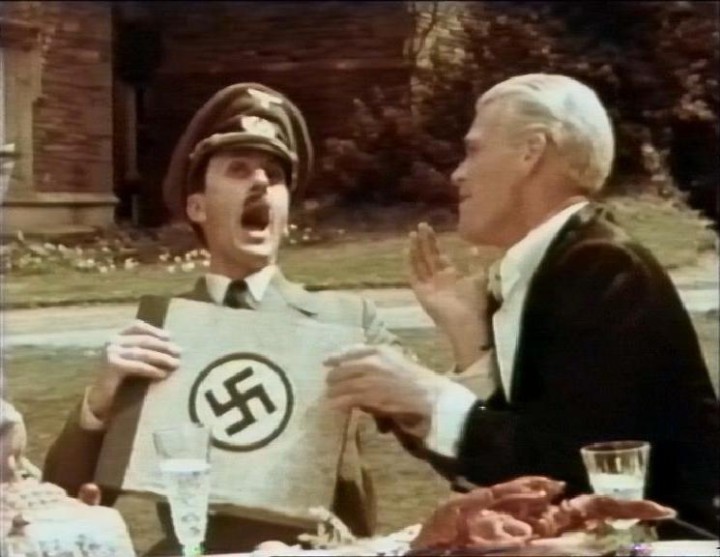
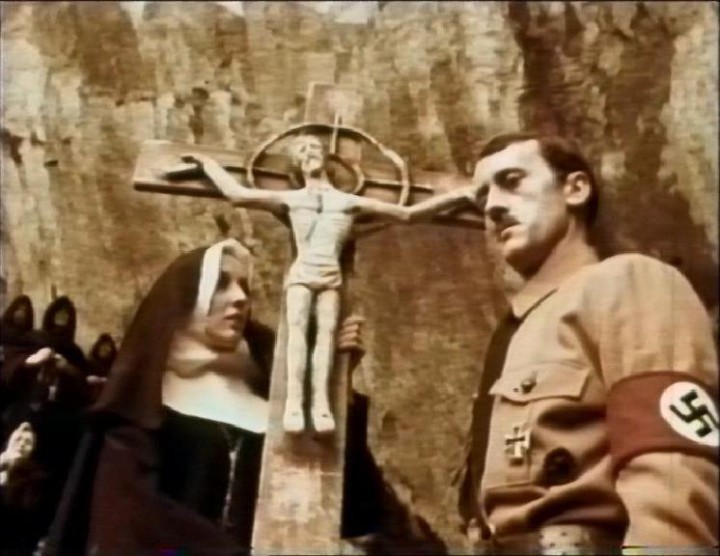
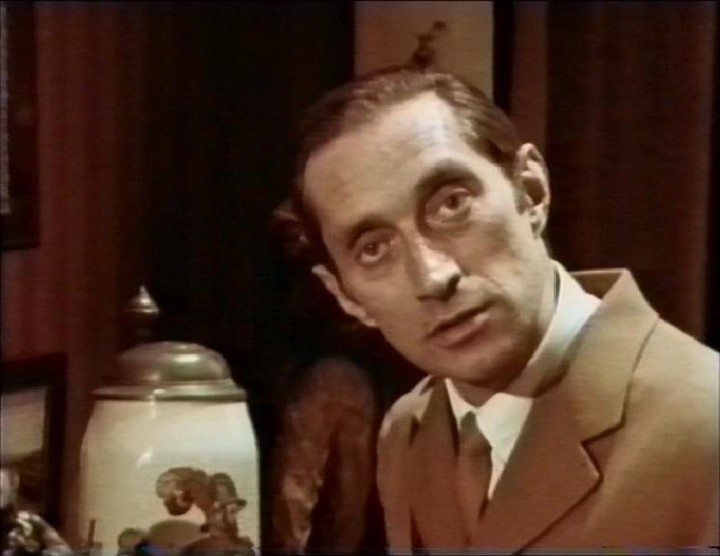
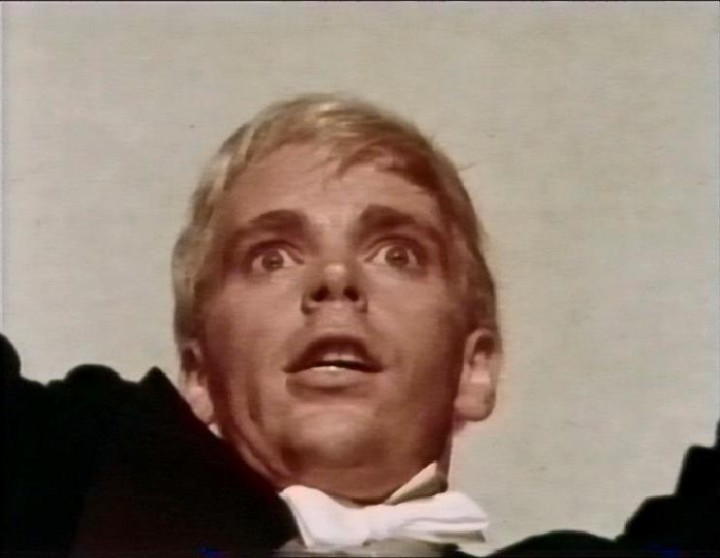
Is the same print as in 2005? It looks pretty faded. If it isn’t, then where did it come from or is that a trade secret?
It’s the same print. Actually, the frame-grabs are probably better than the film looks in terms of color.
I am very excited to see this. Will be there.